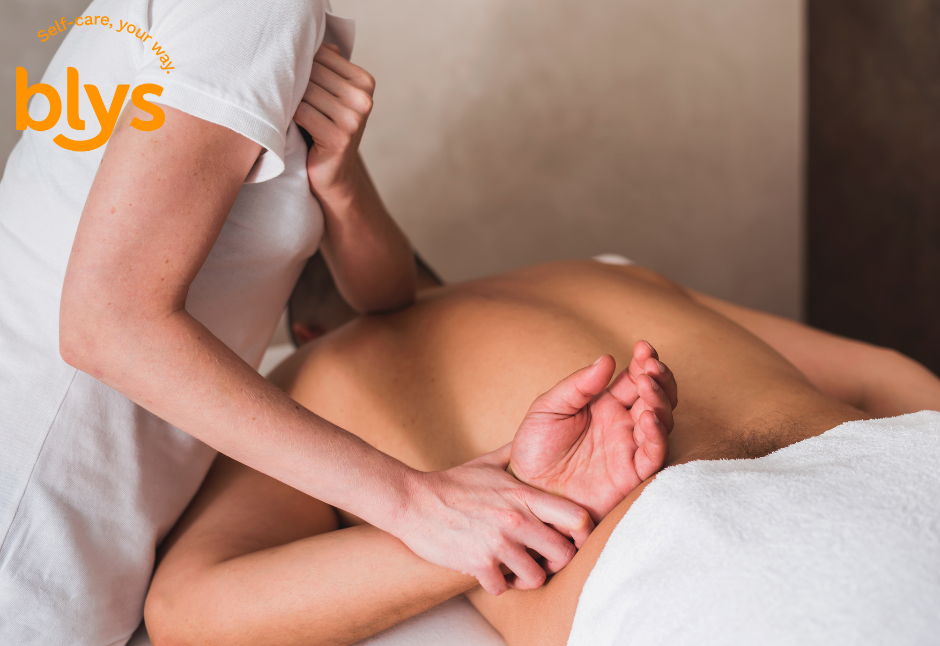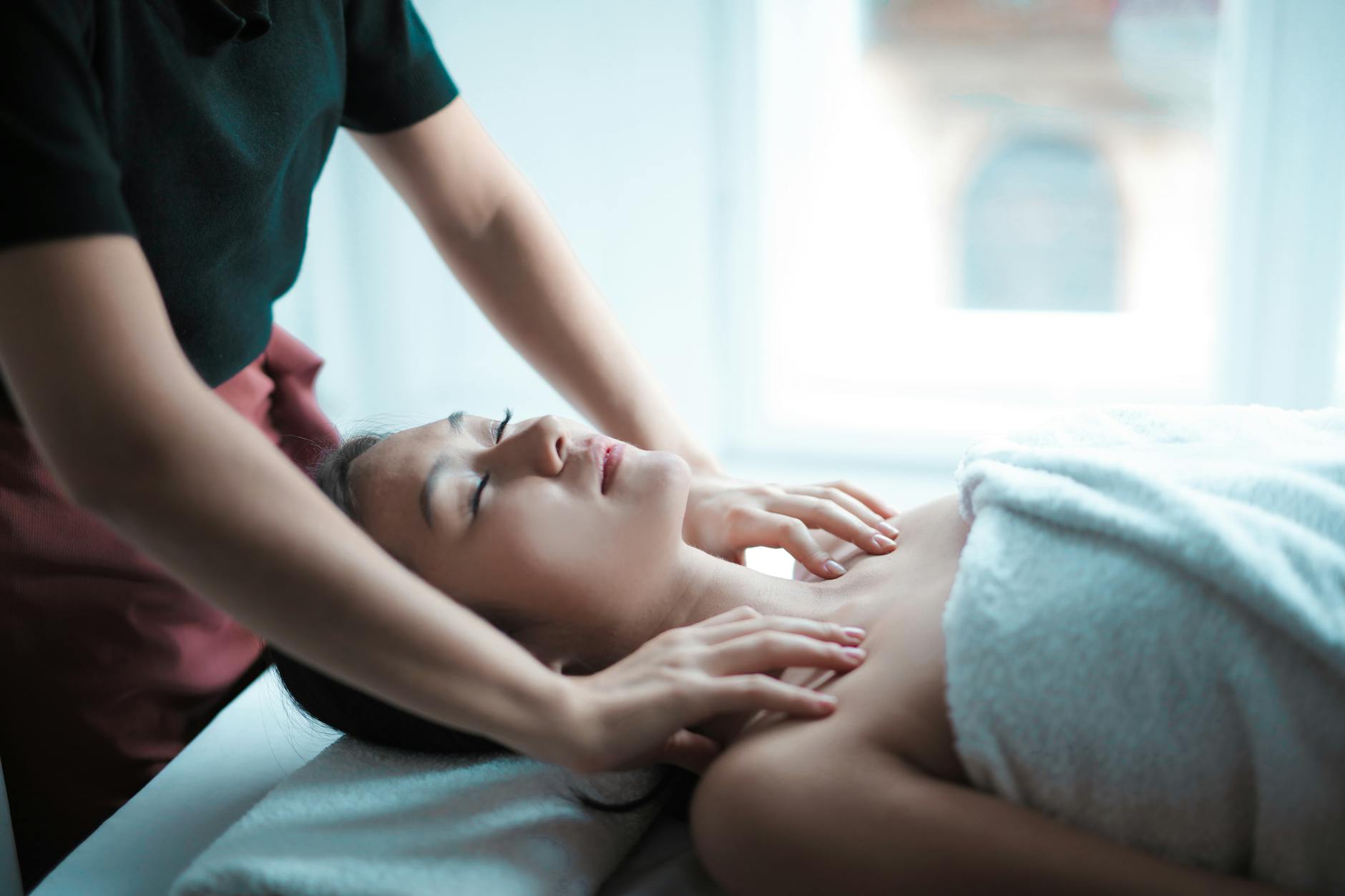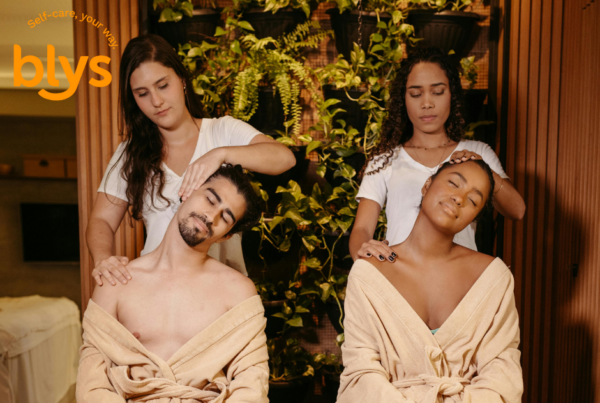
Endurance sports like marathon running, long-distance cycling, and triathlon are enjoying steady growth across the UK. From city-based fun runs to Ironman events on the coast, more Brits are challenging themselves to go further, faster, and longer. This rise in participation brings with it a higher awareness of the physical demands placed on the body and the risks of overuse injuries when recovery is overlooked.
This is where sports massage therapy steps in. Unlike general relaxation treatments, it is designed with athletes in mind, targeting muscles, joints, and connective tissues under constant stress. Regular sessions can help prevent injuries by easing tightness, improving circulation, and supporting faster muscle repair.
For endurance athletes who train week after week, these benefits are crucial to maintaining performance and reducing downtime. The aim of this guide is to provide actionable, evidence-based strategies that endurance athletes can use to integrate massage into their training. Whether the goal is to avoid injury, improve recovery, or enhance long-term performance, these techniques offer a proactive approach to staying healthy and race-ready.
Core Principles of Sports Massage Therapy
Unlike general relaxation treatments, sports massage therapy is specifically tailored to meet the needs of athletes. It targets the systems most affected by endurance training, focusing on recovery, function, and injury prevention rather than stress relief.
The main principles include:
- Enhanced circulation
- Boosts blood flow to tired muscles, delivering oxygen and nutrients essential for repair.
- Supports removal of metabolic waste, including lactic acid, which can reduce soreness and speed recovery.
- Fascia release
- Addresses the connective tissue that surrounds and supports muscles.
- Techniques such as deep tissue massage and myofascial release restore mobility, reduce stiffness, and prevent adhesions that often cause overuse injuries.
- Neuromuscular function
- Targets trigger points and areas of tension to optimise muscle activation patterns.
- Supports more efficient movement, reducing the risk of compensatory strain injuries.
- Evidence suggests massage reduces delayed onset muscle soreness and improves muscle function, helping athletes sustain training consistency.
By addressing these three areas, sports massage therapy goes beyond simple recovery. It acts as a proactive strategy for endurance athletes, helping maintain performance, reducing injury risk, and supporting the physical demands of long-term training.
Injury Prevention Massage Techniques for Endurance Training
Endurance training constantly tests the body’s limits, often leading to muscle tightness, stiffness, and repetitive strain. Without the right recovery tools, these issues can build up and increase the risk of injury. Incorporating targeted sports massage therapy techniques gives athletes a proactive way to maintain muscle health, mobility, and balance while training hard.
Four key approaches include:
- Deep Tissue Massage: Works into deeper layers of muscle to break down adhesions and release chronic tension. This reduces the likelihood of strains and improves overall muscle efficiency.
- Myofascial Release: Loosens fascia, the connective tissue surrounding muscles, to reduce stiffness and restore mobility. This helps endurance athletes move more freely and with less restriction.
- Trigger Point Therapy: Relieves muscle knots that often form with repetitive loading. By targeting these hotspots, athletes can improve muscle activation and reduce pain.
- Flexibility Enhancement Massage: Blends massage with assisted stretching to improve joint health and range of motion. This is particularly valuable for runners and cyclists who depend on hip and hamstring flexibility.
Together, these techniques provide a framework for prevention, helping endurance athletes stay consistent with their training. By making massage part of a regular schedule, athletes can enhance recovery, safeguard against common injuries, and keep pushing towards their goals with confidence.
If you’re using sports massage as part of your injury prevention plan, it helps to know what happens in a session. Learn what to expect from a sports massage so you can make the most of each treatment in your endurance training.
Evidence on Massage and Performance Optimisation
A growing body of sports medicine research suggests that sports massage therapy offers small-to-moderate benefits for recovery that help athletes train more consistently. Meta-analyses show the clearest effects on reducing muscle soreness and perceived fatigue, with limited or no direct improvements in performance metrics like strength or endurance tests .
What the evidence shows
- Reduced soreness and better readiness: Pooled analyses report meaningful reductions in DOMS and perceived fatigue following massage, helping athletes feel prepared for subsequent sessions.
- Inflammation markers: A systematic review found massage modestly lowers creatine kinase, interleukin‑6 and C‑reactive protein after exercise.
- Range of motion: Evidence indicates massage can improve joint ROM (e.g., shoulder flexion/abduction), which supports efficient movement patterns and may indirectly reduce overuse risk in high‑volume training.
Important limitations
- Direct performance gains are minimal: Large reviews show no consistent, direct improvement in strength, jump, sprint or endurance tests following massage.
- Injury prevention evidence is mostly indirect: While reduced soreness and better ROM can support safer training, trials rarely measure injury incidence directly. Massage should therefore be viewed as a supporting strategy, not a stand‑alone prevention method.
How to apply this in practice
Position therapeutic sports therapy as one pillar within a broader program that prioritises load management, progressive strength work, mobility, sleep, and nutrition. For endurance athletes, that usually means scheduling maintenance massage around key workouts or races to manage soreness, sustain ROM, and maintain training continuity while still letting the training plan do the heavy lifting.
Case Studies and Practical Scenarios
Every endurance athlete faces unique challenges, but the underlying issues often come down to muscle tightness, fatigue, and imbalances from repetitive motion. Sports massage therapy provides a tailored solution for these problems, offering targeted techniques that help athletes keep training consistently while lowering their risk of injury.
To show how this works in practice, here are three scenarios where massage makes a measurable difference.
| Scenario | Athlete Profile | Massage Approach | Outcome |
| 1. Marathon Runner | Preparing for a 42km event, struggling with IT band tightness from high mileage weeks. | Deep tissue massage on glutes, quads, and IT band to release adhesions and ease tension. | Improved hip and knee mobility, reduced irritation, and ability to continue training without flare-ups. |
| 2. Triathlete | Balancing swim, bike, and run with heavy training before taper weeks. | Planned recovery massage sessions during taper to lower muscle fatigue and aid repair. | Entered race week with fresher legs, more energy, and smoother transitions between disciplines. |
| 3. Cyclist | Long rides causing hip stiffness and imbalance in pedal stroke power. | Consistent remedial massage for hip flexors and lower back, paired with guided stretching. | Restored hip flexibility, improved muscle balance, and better pedalling efficiency over distance. |
These case studies show how small adjustments with massage can have a big impact on endurance outcomes. Whether it’s managing IT band tightness, keeping fatigue under control before a race, or correcting hip imbalances from long rides, massage ensures athletes stay consistent and resilient.
For endurance athletes, the lesson is clear: massage is not a luxury but a proactive strategy that keeps the body in check. By integrating it into training schedules, athletes set themselves up for stronger performances and fewer setbacks throughout their season.
Integrating Sports Massage into Endurance Training
Endurance training puts the body under constant stress, and athletes who thrive long term are usually the ones who invest as much in recovery as they do in mileage. Sports massage therapy is not meant to replace training discipline but to enhance it.
Fitting alongside other proven recovery and performance tools. When combined with smart lifestyle habits and structured support, massage becomes part of a sustainable framework for endurance performance.
Here’s how athletes can integrate it effectively:
- Pair with strength training: Massage helps release tension after gym work, supporting muscle balance and keeping joints mobile. This reduces the risk of overuse injuries while maintaining functional strength.
- Balance stretching and mobility: By loosening fascia and easing tightness, massage makes stretching routines more effective and helps athletes sustain flexibility over long training cycles.
- Work alongside physiotherapy: For those dealing with small niggles or past injuries, massage complements physiotherapy by improving circulation, reducing stiffness, and allowing rehab exercises to work better.
- Support lifestyle recovery: Good sleep, hydration, and nutrition are the pillars of endurance health. Massage boosts their effects by calming the nervous system, improving blood flow, and promoting deeper relaxation.
- Stay consistent: Sporadic treatments offer short-lived relief, but regular sessions weekly in peak phases or bi-weekly in lighter phases deliver lasting prevention and keep the body resilient.
When applied this way, massage is more than a post-race indulgence. It becomes a proactive investment in athletic longevity, reducing downtime and allowing endurance athletes to focus on steady progress.
Looking to stay race-ready? Book professional sports massage therapy with Blys for injury prevention, recovery, and long-term performance.
Safety and Considerations
Like any recovery tool, sports massage therapy works best when used wisely. Endurance athletes often push their limits, which makes it even more important to understand when massage is helpful and when caution is needed. Approaching treatment with the right knowledge ensures you get the benefits without unnecessary risks.
- Seek medical clearance first: If you have cardiovascular conditions, uncontrolled high blood pressure, recent surgery, or chronic illness, it’s important to speak with a healthcare provider before booking a massage.
- Know when massage is not suitable:Massage should be avoided in certain situations, such as acute injuries (sprains, tears, or inflammation within the first 48–72 hours).
- Choose qualified, vetted therapists: Athletes should work with practitioners experienced in therapeutic sports therapy, who can adjust techniques based on your condition and training load. With Blys, all therapists are fully qualified, vetted, and insured, giving clients reassurance that safety is always a priority.
By recognising when massage is appropriate and when to hold off, athletes can use it as a safe and effective tool in their recovery plan. Being selective about who delivers treatment is just as important as the technique itself.
With expert guidance and professional standards, massage becomes a reliable way to manage endurance stress without adding risk, helping athletes focus on consistent training and long-term results.
For endurance athletes, the quality of care is key to injury prevention. Learn how to find a qualified sports massage therapist to make sure your treatments truly support long-term performance.
Building Endurance with Massage With Blys
Endurance training is as much about resilience as it is about mileage. Athletes who consistently perform well often share one thing in common: they invest in recovery just as much as in their workouts. Proactive injury prevention massage extends athletic longevity by keeping muscles balanced, joints mobile, and the body ready to adapt to training demands.
At its core, sports massage therapy delivers three essentials: prevention, performance, and recovery. It helps reduce the likelihood of overuse injuries, supports optimal movement patterns, and speeds up the body’s natural repair process. For endurance athletes, this means fewer setbacks, greater consistency, and more energy to focus on achieving personal goals.
Most importantly, massage should be viewed not as a one-off luxury but as a sustainable wellness practice. By making it part of a regular routine alongside strength training, stretching, and healthy lifestyle choices, athletes can build a framework that supports long-term performance season after season.
Ready to optimise your endurance journey? Explore sports massage therapy with Blys and keep your training strong.





